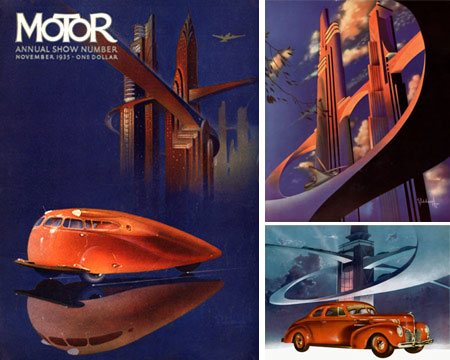A second link that had me pondering the world was the discussion of innovation in art, both Adam Jameson’s original post and the many comments it generated on The Big Other. There are, I believe, two fundamental drivers behind innovation, but they are almost diametrically opposed to one another. Very often critiques of innovation (and occasionally advocates of it as well) confuse one with the other.
I have written before that any history of poetry is inevitably a history of change in poetry, and that an inevitable consequence is that the well-wrought urn is almost invariably a trivial accomplishment. Indeed, it’s a trivial goal. That which forwards the evolution of poetry, something that occurs raggedly & in fits & starts, is really the heart of writing practice, the pump that breathes life into verse & makes it relevant to our lives. This is why Charles Olson was a major poet and Robert Lowell a wasted minor talent at best. And it’s why I take vispo & video poems far more seriously than I do, say, dramatic monolog. Not that that guarantees that they will amount to anything.
But. And this is the crux here. There are, as I suggested above, two diametrically opposed drivers of innovation. One is that innovation that continually besets all art because the world itself is changing and poetry (& any other art) must change likewise to relate to these changing conditions. Capitalism in particular perpetually generates enormous change & the key to Joseph Schumpeter’s famous “creative destruction” is the conjunction between adjective & noun. It is as easy to be blinded by the noun as by the adjective, and each is a dead end. Innovation like, say, the Cluetrain Manifesto is not so dissimilar from the cluelessness of the Italian Futurists, who found themselves on the luge to fascism because they didn’t have a larger context for their celebration of the disruptive technologies of modernism. Innovation without context, without critique, is mere fashionism, a desire to be the latest thing, whate’er that might be. Such innovation of the market is forever subject to the market. At best, it’s silly & harmless. For the most part, it’s stupid.
But the other innovation is that which looks to the world and brings the world into one’s art, not just as a slapdash invocation (LBJ intoning “We shall overcome,” Pat Boone singing the Rolling Stones), but to actually change the structure of the work so as to make it adequate to the (always already) new context. In that sense, Blake, Baudelaire, Dickinson, Stein, Jack Spicer & Barrett Watten are all united. Such change is fundamentally disruptive.
The problem with all things hybrid links precisely to this issue. Hybridism wants to be new & it wants to be the well-wrought urn. For the most part, it accomplishes neither. Above all else, it is a failure of courage.






